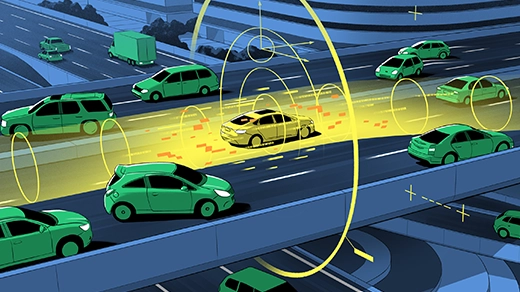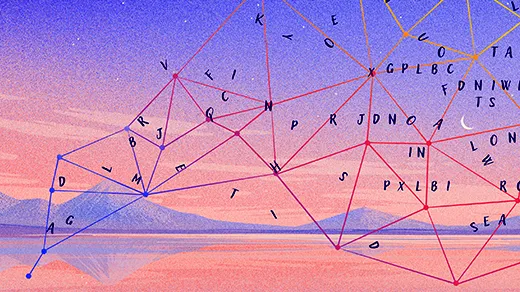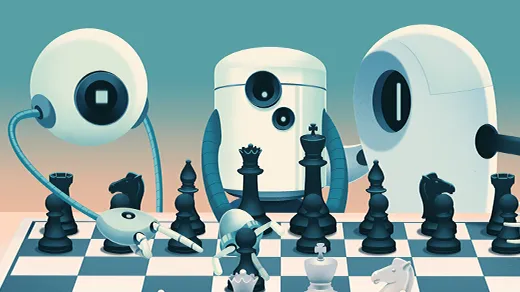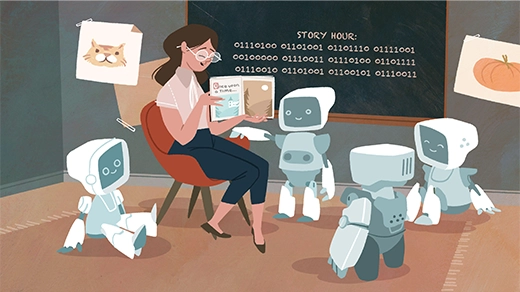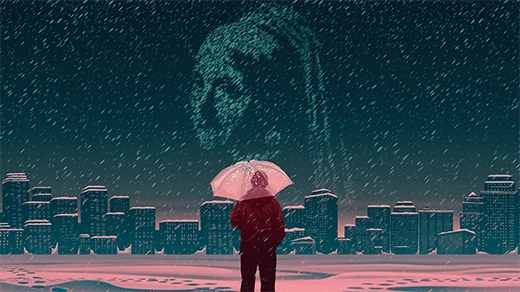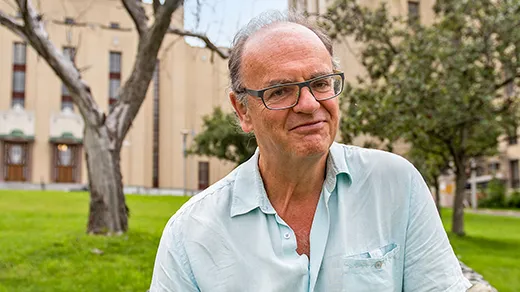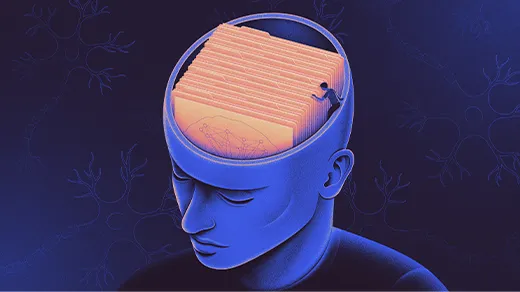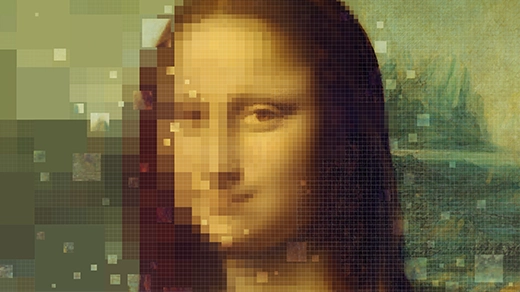What's up in
Neural networks
Latest Articles
How to Guarantee the Safety of Autonomous Vehicles
As computer-driven cars and planes become more common, the key to preventing accidents, researchers show, is to know what you don’t know.
The Year in Computer Science
Artificial intelligence learned how to generate text and art better than ever before, while computer scientists developed algorithms that solved long-standing problems.
AI System Beats Chess Puzzles With ‘Artificial Brainstorming’
By bringing together disparate approaches, machines can reach a new level of creative problem-solving.
Tiny Language Models Come of Age
To better understand how neural networks learn to simulate writing, researchers trained simpler versions on synthetic children’s stories.
The Physical Process That Powers a New Type of Generative AI
Some modern image generators rely on the principles of diffusion to create images. Alternatives based on the process behind the distribution of charged particles may yield even better results.
Why Mathematical Proof Is a Social Compact
Number theorist Andrew Granville on what mathematics really is — and why objectivity is never quite within reach.
The Usefulness of a Memory Guides Where the Brain Saves It
New research finds that the memories useful for future generalizations are held in the brain separately from those recording unusual events.
The AI Tools Making Images Look Better
Researchers have discovered ways around a fundamental trade-off between accuracy and beauty in digital images.
Neural Networks Need Data to Learn. Even If It’s Fake.
Real data can be hard to get, so researchers are turning to synthetic data to train their artificial intelligence systems.
